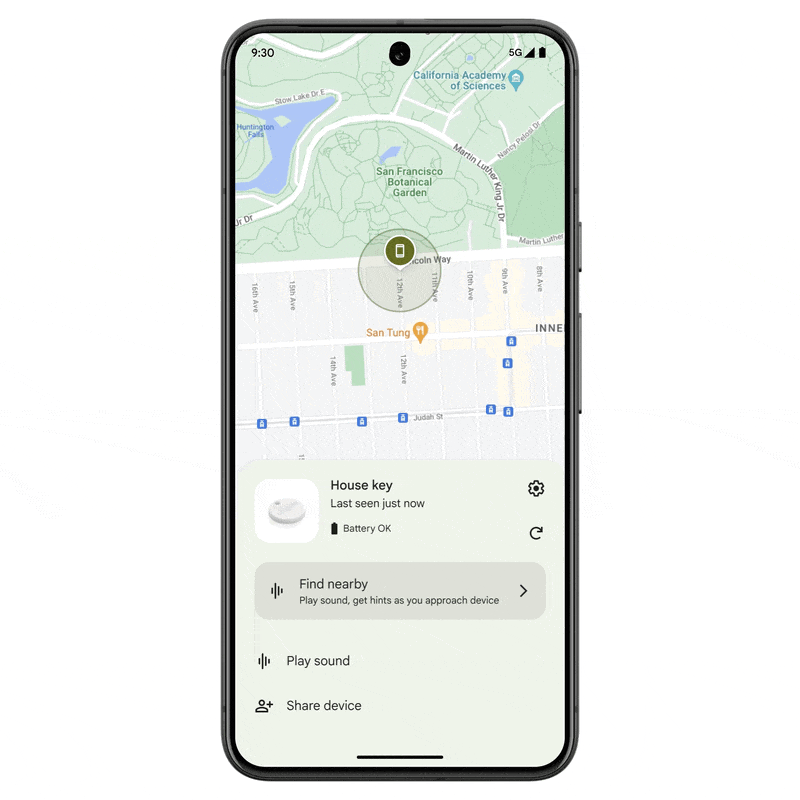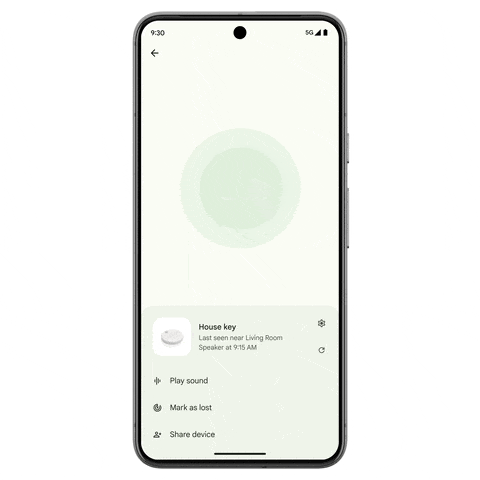Summary
- Google’s Find My Device network is rolling out today, prioritizing privacy with encrypted location data and limitations on tracking in private locations like homes.
- Android users can control their level of contribution to the network, choosing between aggregated location reporting, non-aggregated reporting, or turning it off completely.
- Find My Device can locate phones offline thanks to other nearby devices, with specialized Pixel 8 hardware enabling tracking even when powered off.
Apple’s Find My network is incredibly powerful. Leveraging the crowd, the network is capable of finding devices that aren’t even actively connected to the internet, and it even works when your iPhone is turned off. After months of rumors and preparations, Google is finally launching its answer for all the best Android phones and its own trackers today. Google’s Find My Device network is rolling out now.
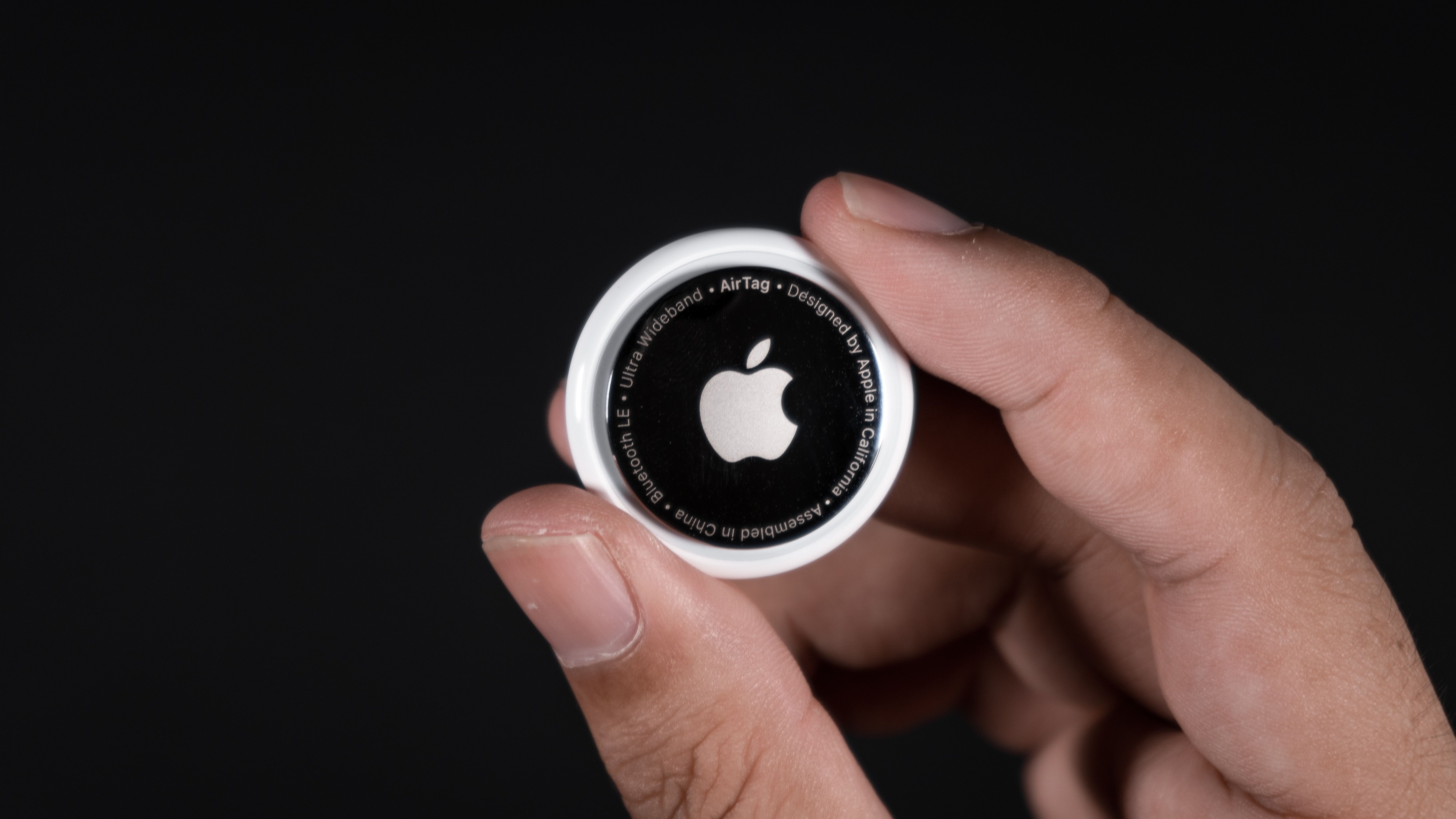
How to find AirTags and other Bluetooth trackers with your Android phone
Keep an eye on what’s keeping an eye on you
Google says that it took its sweet time with the Find My Device network to ensure that high privacy and security standards were met. This meant that the company first had to do extensive research to make sure that its project works correctly, with no updates needed to rectify some glaring problems with the underlying standard itself.
The way the Find My Device network works is similar to Apple’s approach. Compatible devices can be found by harnessing nearby Bluetooth signals from other devices part of the network, which makes it possible to make a guesstimate where the given device is. Google uses the example of you losing your keys with a compatible Bluetooth tracker on the ring in a cafe. Android phones that are part of the network and that are nearby make it possible for your phone to locate the approximate location of the Bluetooth tracker.
To ensure the privacy and security of everyone involved, location data is end-to-end encrypted, meaning that no one but the intended receiver can access it — only the owner and anyone they have shared access with can see where a tracker is located. Further, Google can’t even identify who owns the Android devices that are part of the network when using the Find My Device system to locate a tracker or device. Location data is cleared and overwritten frequently to improve privacy further. And if an owner’s device is found to be near their own tracker, no other devices will be used to try and find the tracker in question.
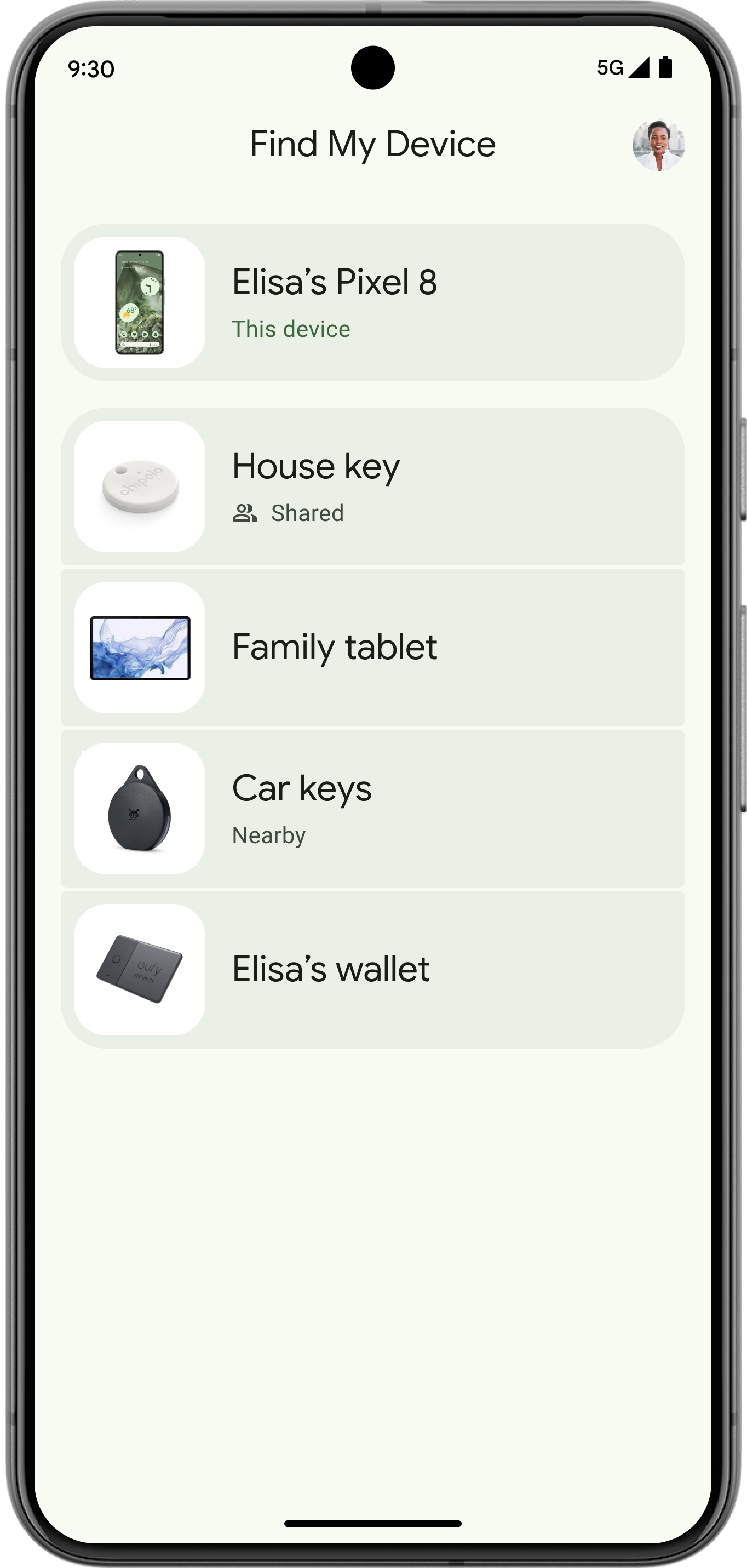
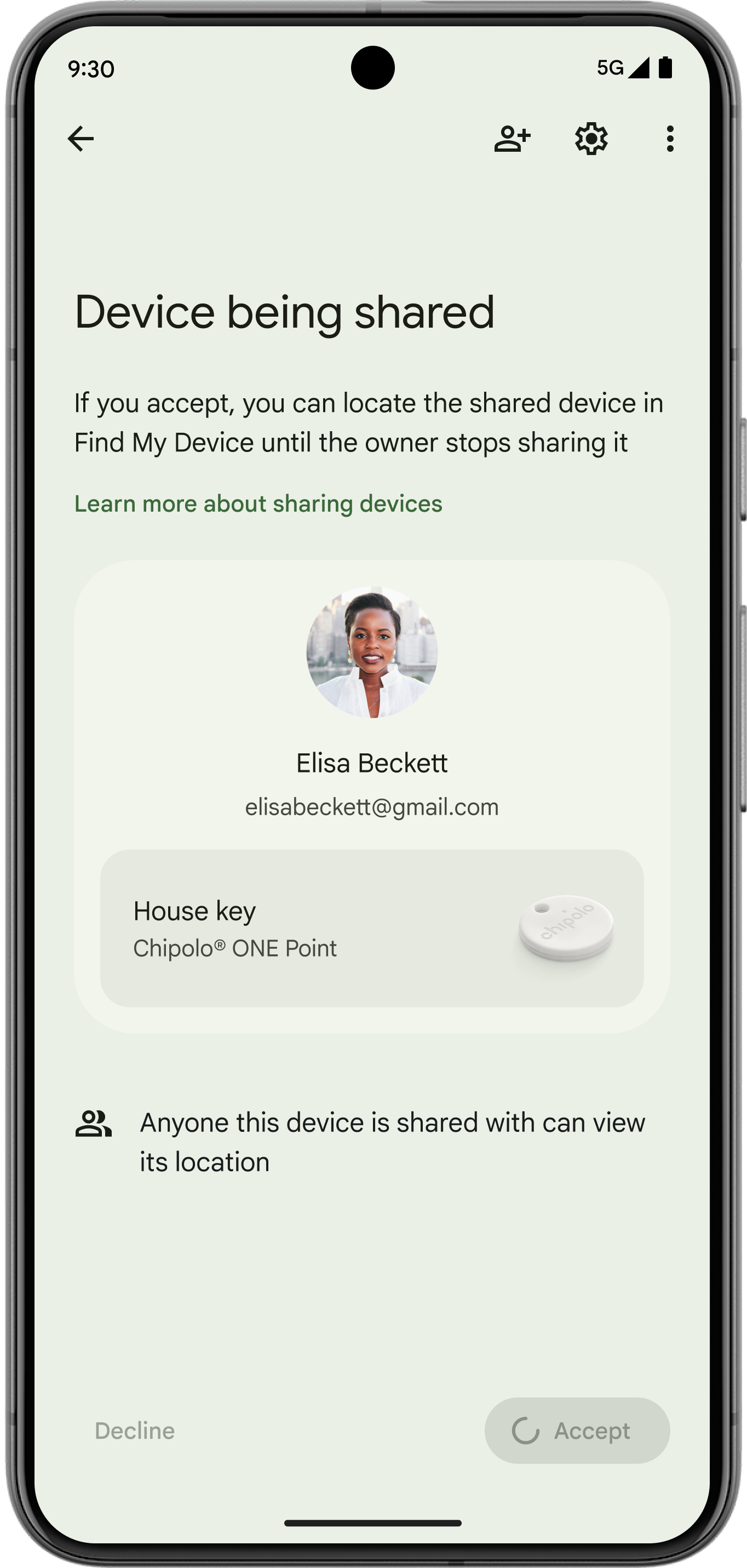
There are a few tradeoffs with Google’s privacy-first approach. By default, the network will only find trackers when there are multiple Android devices nearby. This is meant to make it more difficult to track someone in a private location, like at home, but it also means that when you lose your keys while hiking in a forest or when a potential thief takes it to their home, you might not be able to rely on the network.
When you add your home location to your Google account, the company also won’t use your device to track nearby devices owned by others. This is meant to ensure that a stalker doesn’t drop a tracker into your bag, which would lead them to your home. And if it does happen, Google will send you an unknown tracker alert, giving you a notification that someone may have dropped something in your bag or car. This also works for Apple trackers and vice-versa, which is one of the reasons why it took Google so long to launch the system.
Source: Google
Users can also control exactly how they want to contribute to the Find My Device network. By default, all Android devices “contribute to aggregated location reporting,” but you can also “opt into contributing non-aggregated locations, or turn the network off altogether,” as Google describes.
Find your phone even when it’s offline
With the Find My Device network launching, it will finally be possible to locate your phone even if you don’t have a mobile connection or Wi-Fi. Using the same technology as for Bluetooth trackers, devices can be located thanks to the help of other nearby devices that are connected. Google also says that “thanks to specialized Pixel hardware, Pixel 8 and 8 Pro owners will also be able to find their devices if they’re powered off or the battery is dead.” The company confirmed to Mishaal Rahman that this capability should be available right from the start, no new Android version required.
Speaking of Bluetooth trackers: While Google is launching the new Find My Device network today, it’s not bringing Bluetooth trackers into the mix just yet. In May, Chipolo and Pebblebee will launch the first few devices that are compatible with the network (with Chipolo’s available for preorder), with “additional Bluetooth tags from eufy, Jio, Motorola and more” coming “later this year.”
Source: Google
Nest devices will also be part of the mix. Google says that since you lose your devices or keys at home more often than not, the Find My Device network will leverage Nest devices and tell you how far away whatever you want to locate is from them.
The new Find My Device is compatible with Android 9 and higher. In addition to the Bluetooth trackers mentioned earlier, Google is also working with some accessory makers to make them compatible with the network. Thanks to “software updates coming to headphones from JBL, Sony and others,” you will be able to track down these devices, too.
Source link

